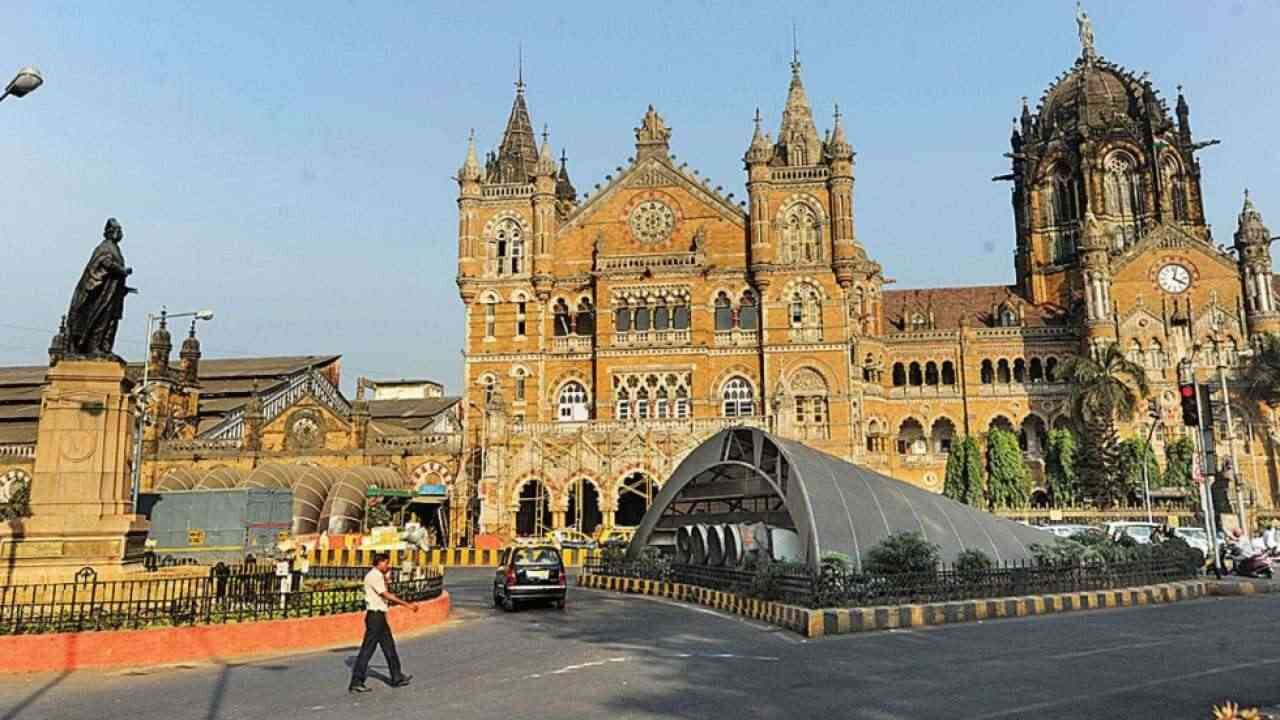
MUMBAI, Maharashtra: Mumbai, the financial capital of India, has been termed the most expensive city to live in India by the Knight Frank Affordability Index for 2023. In Mumbai, one needs to spend 55 per cent of their income to pay a housing loan Equated Monthly Instalment (EMI). In Ahmedabad, one needs to spend only 23 per cent of their income, making it the most affordable city to live in India.
Knight Frank Affordability Index for 2023 determines if a city is affordable or expensive to live in by tracking the fluctuations in the (EMI) to income ratio in an average household. Increasing home loan interest rates have greatly affected the affordability of residential properties in eight major cities in India.
Knight Frank Affordability Index takes into account the actual income an average household requires to set aside to be able to pay their monthly EMI in a particular city. The index derives these values by assuming that certain factors remain the same, which includes the tenure of a home loan, loan to value ratio, size of the house and the price of the property. It’s assumed that the loan period is 20 years and the loan to value ratio is 80 per cent.
If one has to spend more than 50 per cent of their income to fund their home loan EMI in any city, the city is considered unaffordable. It is also the rate beyond which banks rarely underwrite a mortgage, reads the Knight Frank Index Report.
Report reveals that Ahmedabad is the most affordable city in India. In Ahmedabad, one has to spend only 23 per cent of their income on home loan EMIs. Similarly, in Pune and Kolkata, one needs to spend 26 per cent of their income on home loan EMI. This ratio is 28 per cent in Bengaluru and Chennai, 30 per cent in Delhi-NCR, 31 per cent in Hyderabad and 55 per cent in Mumbai.
It is no mystery that due to urban expansion, cities are forced to strike a balance between economic growth and the well-being of their citizens. For the smooth functioning of these engines of growth called cities, there needs to be a sustained supply of skilled manpower which greatly propelled the housing demand while supply has remained more or less unchanged.
Apart from that, remarkable growth achieved by the Indian cities has been attracting more and more people, not only in search of better employment opportunities but also for a better quality of life. Then again owning a house in cities is a mark of social status and a vastly beneficial investment portfolio. Therefore, rising average house prices are being considered the main culprit making Mumbai so expensive. The average house price in Mumbai is almost seven times of the average household income.
Shishir Baijal, Chairman and Managing Director, Knight Frank India, said that the residential demand sector has been witnessing a multi-year high and office demand has also been hanging on that too in the current global scenario. He said, “The mid and premium segments in the residential market have been consistently outperforming and point to a significant shift in the market’s underlying fabric. However, the 250 bps increase in policy rates has reduced affordability across markets by 2.5 per cent on an average. And, while the market has remained strong thus far, further interest rate increases could put pressure on homebuyer ability and sentiments.”

